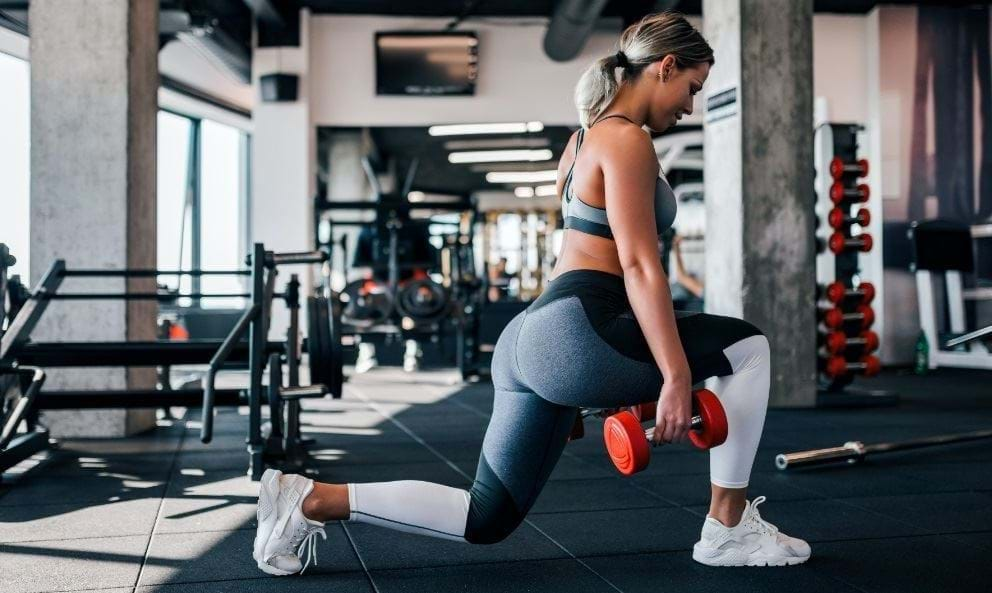In the quest for better health and fitness, many people focus on a single type of exercise, such as cardio or weightlifting, without realizing that a well-rounded routine includes multiple forms of physical activity. To achieve optimal results—whether your goal is to lose weight, build muscle, reduce stress, or simply stay healthy—incorporating different types of exercise is essential.
This blog post explores the three fundamental categories of exercise: aerobic (cardiovascular) training, strength (resistance) training, and flexibility (mobility and balance) training. Each plays a unique and crucial role in maintaining and improving your physical health and overall well-being.
1. Aerobic Exercise (Cardiovascular Training)
What It Is:
Aerobic exercise, also known as cardio, involves rhythmic, sustained activity that increases your heart rate and breathing for an extended period. It improves the efficiency of your cardiovascular system in transporting oxygen throughout the body.
Examples:
- Walking briskly
- Running or jogging
- Cycling
- Swimming
- Dancing
- Rowing
- Jumping rope
Health Benefits:
- Strengthens the heart and lungs
- Lowers blood pressure
- Helps regulate blood sugar and insulin levels
- Improves cholesterol profile
- Aids in weight management
- Boosts mood and reduces symptoms of anxiety and depression
- Enhances sleep quality
- Reduces the risk of chronic conditions such as heart disease, stroke, and type 2 diabetes
How Often to Do It:
Experts recommend at least 150 minutes of moderate-intensity or 75 minutes of vigorous-intensity aerobic activity per week. This can be broken down into sessions of 20 to 30 minutes, five days a week.
2. Strength Training (Resistance Training)
What It Is:
Strength training involves using resistance—your body weight, free weights, machines, or resistance bands—to build muscle strength, endurance, and size. It stimulates muscle fibers and leads to increased muscle mass, bone density, and metabolic rate.
Examples:
- Lifting weights (dumbbells, barbells, kettlebells)
- Bodyweight exercises (push-ups, squats, planks)
- Resistance band workouts
- Using machines at the gym
- Functional movements like carrying groceries or climbing stairs
Health Benefits:
- Increases muscle strength and tone
- Boosts metabolic rate, aiding fat loss
- Improves posture and balance
- Supports joint health and reduces injury risk
- Strengthens bones, reducing osteoporosis risk
- Enhances functional fitness for daily tasks
- Promotes healthy aging and independence
How Often to Do It:
Strength training should be done at least two days a week, targeting all major muscle groups. Each session should include 2–3 sets of 8–12 repetitions per exercise.
3. Flexibility, Balance, and Mobility Training
What It Is:
This category includes exercises that improve range of motion, joint health, balance, and overall mobility. While often overlooked, flexibility and balance training are essential for injury prevention and long-term movement efficiency.
Examples:
- Stretching (static and dynamic)
- Yoga
- Pilates
- Tai chi
- Foam rolling and mobility drills
- Balance-focused exercises (single-leg stands, stability ball movements)
Health Benefits:
- Increases flexibility and range of motion
- Reduces risk of injury, especially from falls
- Improves coordination and balance
- Relieves muscular tension and soreness
- Enhances posture and spinal alignment
- Promotes relaxation and mental focus
How Often to Do It:
Flexibility and balance exercises should be done daily or at least 3–5 times per week. Stretch after each workout to maintain muscle elasticity and mobility.
Why You Need All Three Types of Exercise
While each type of exercise offers its own benefits, combining them creates a synergy that leads to more profound health and performance outcomes. Here’s how the integration of all three can improve your life:
- Heart health: Cardio strengthens your cardiovascular system, reducing disease risk.
- Strength and stability: Resistance training builds muscle and supports skeletal health.
- Movement and longevity: Flexibility and balance reduce the risk of falls and injuries and keep you mobile as you age.
For example, someone who only runs may have strong endurance but may lack strength or flexibility. Similarly, a weightlifter who avoids stretching may experience muscle tightness and decreased mobility. Achieving a balance ensures your body is well-rounded and more resilient.
Sample Weekly Exercise Plan
Here is a simple schedule that incorporates all three types of exercise:
Monday:
- 30 minutes brisk walking (cardio)
- 15 minutes full-body strength training
Tuesday:
- 30 minutes yoga (flexibility + balance)
Wednesday:
- 25 minutes cycling (cardio)
- 20 minutes resistance band workout (strength)
Thursday:
- Rest or gentle stretching
Friday:
- 30 minutes dancing or swimming (cardio)
- 15 minutes core and stability exercises
Saturday:
- Strength training: upper body focus
- 10 minutes stretching
Sunday:
- Active recovery: nature walk + foam rolling
Final Thoughts
Physical fitness is not about extreme workouts or chasing unrealistic ideals. It’s about moving your body in diverse ways that strengthen your heart, muscles, and joints while protecting you from injury and chronic illness. By including aerobic training, strength training, and flexibility and balance exercises in your routine, you create a solid foundation for long-term health and wellness.
Remember, consistency is more important than intensity, especially when building sustainable habits. Start at your level, listen to your body, and gradually progress. With time and dedication, the benefits of all three exercise types will become part of your everyday life.
Would you like a downloadable fitness tracker or a printable workout calendar to get started?
